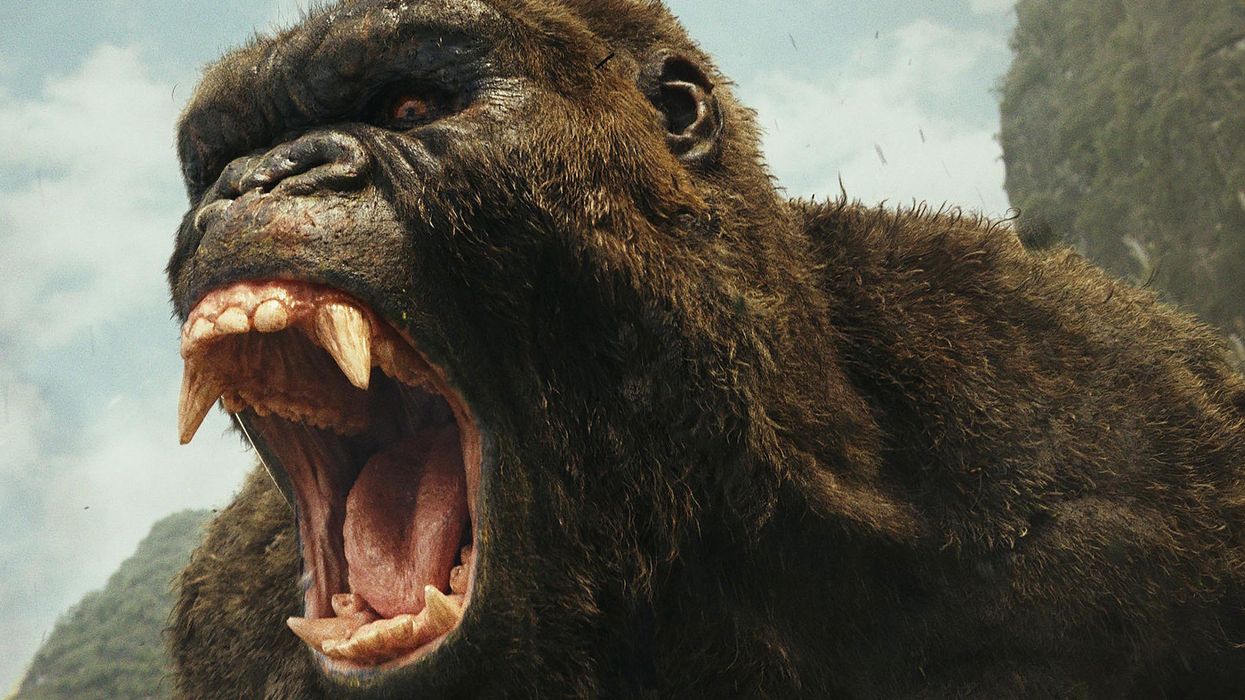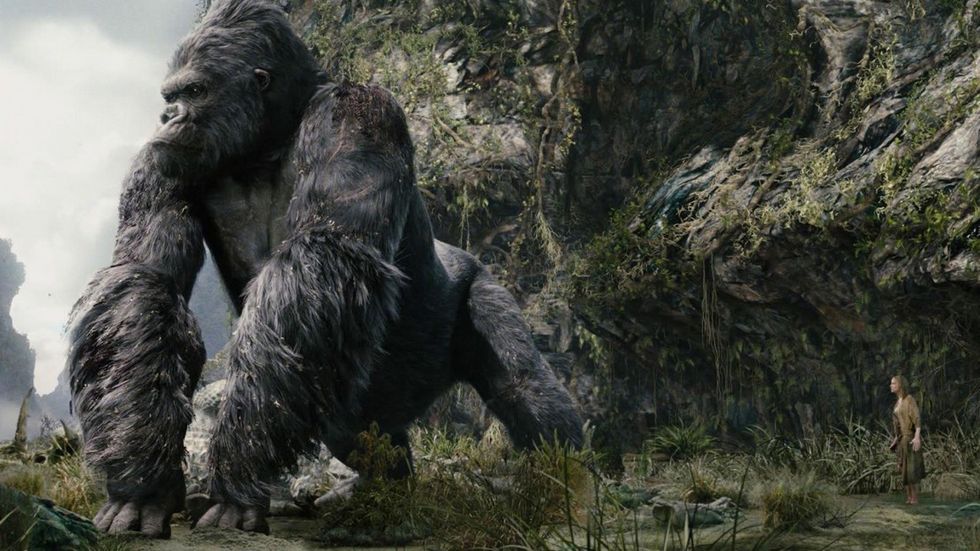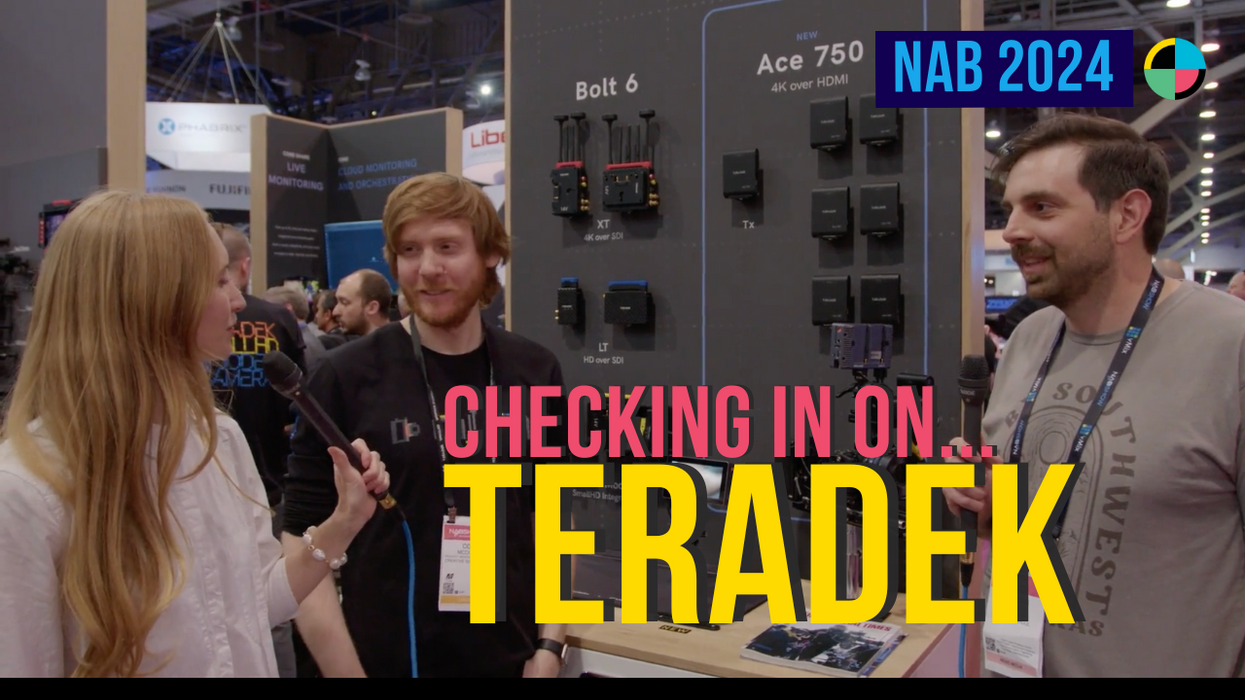From Iconic Low-Budge Horror to 'Kong': DP Jacques Haitkin's Shooting Advice
DP Jacques Haitkin’s 100+ credits include everything from ‘A Nightmare on Elm Street’ to today’s biggest blockbusters. Here’s what he’s learned.

If there’s such a thing as a cult cinematographer, Jacques Haitkin is it. He has lensed some of the films that defined the last quarter century of horror, not the least of which are Wes Craven's first two Nightmare on Elm Street movies. Lately, his time behind the camera has been spent as Second Unit DP on Hollywood’s biggest titles: Furious 7, Captain America: Civil War, and most recently, Kong: Skull Island.
In advance of Kong’s release, Haitkin shared with No Film School some of his lessons learned over many years on set, including what skills he brings from low-budget work onto blockbuster projects.
“Budget doesn’t matter. The higher purpose of all movies is to touch an audience’s hearts and minds by illustrating that narrative with picture and sound.”
No Film School: You’ve worked on smaller budget films and many Hollywood blockbusters alike. What skills do you bring from smaller films to bigger ones?
Jacques Haitkin: Filmmaking and cinematography have fundamental craft components that are scalable. In essence, narrative filmmaking is simple: we stage events and photograph them to be assembled into a narrative. Budget doesn’t matter. The higher purpose of all movies is to touch an audience’s hearts and minds by illustrating that narrative with picture and sound. Yes, the details change from project to project, but not the mission; not the fundamentals.

Haitkin: To answer your question more specifically: Working with less money disciplines one to make sure that for every dollar you spend on the production, there’s a maximum return on investment for committing those resources. I probably have more discipline in that area because I started out doing lower-budget films, where going over budget too severely can destroy a project.
NFS: What cameras and lenses did you use for Kong: Skull Island, and why did you make those choices?
Haitkin: We used Alexa XT Pluses, RED Dragons, Canon C-500s (recording externally to Codex Onboard-S recorders) and three Pocket Cinema Cameras with Olympus M. Zuiko Digital ED 7-14mm f/2.8 Pro zoom lenses. I needed small cameras that I could put in dangerous situations and that could be used as crash cameras, but I didn't want cameras with compressed video or fixed lenses because they are limited in their cinematic expression. The Pocket Cinema Camera’s 13 stops of dynamic range and 12-bit RAW capabilities help when it comes to capturing a cinematic look.
NFS: What were some of the more challenging or dangerous shots on Kong: Skull Island, and how did you accomplish them?
Haitkin: We did a practical effect where a helicopter loses control and crashes down 150 ft. onto a tree, so branches are flying off, and we also had pyro inside the chopper, so there were sparks and explosions too as it’s falling. Two Pocket Cinema Cameras were mounted inside the cockpit capturing shots from the helicopter pilots’ POVs. It was an action spectacle, but the audience also has an emotional connection with the pilots, so you get the passengers’ perspectives as the helicopter crashes. Going into it, we knew the cameras were going to get wiped out, but that was the point. It allowed us to get that shot.
“We knew the cameras were going to get wiped out, but that was the point. It allowed us to get that shot.”
Also, we shot the opening sequence near a raging river. On that day, it was pouring rain and we had to have someone watching incoming weather to warn us if the river was going to flash flood. Needless to say, we survived. But it was definitely an adrenaline rush and the sequence was that much more exciting with the river water so energized—it added a lot of drama.

Haitkin: The most important thing I learned from shooting low-budget horror films was that just because something has never been done before, doesn’t mean it can’t be done. The real fun of filmmaking is to strive to do new, original work. And to find joy in custom-designed craft. Nowadays, that sentiment is much more mainstream, with the flexibility and ease of digital capture. But back in the ‘80s, taking technical risks with film and tight budgets took courage and knowing one’s craft well enough to pull it off.
“Just because something has never been done before, doesn’t mean it can’t be done.”
NFS: What advice do you have for directors about how best (and how not) to communicate their vision to their DPs?
Haitkin: Be open to sharing and listening. Use any means possible—art, magazines, storyboards, pre-viz, other films, words to convey your vision. Don’t be vague or close-minded. Share your passion for your vision.
NFS: What about advice for aspiring DPs?
Haitkin: For narrative DPs: watch movies, read screenplays, take in all art forms, from fine art to dance. Study the craft in books, trade magazines, lectures. But most importantly, get your hands on a motion picture camera and practice the craft with your own experiments in self-expression.
Featured image: 'KONG: SKULL ISLAND,' a Warner Bros. Pictures release. Photo courtesy of Warner Bros. Pictures.












